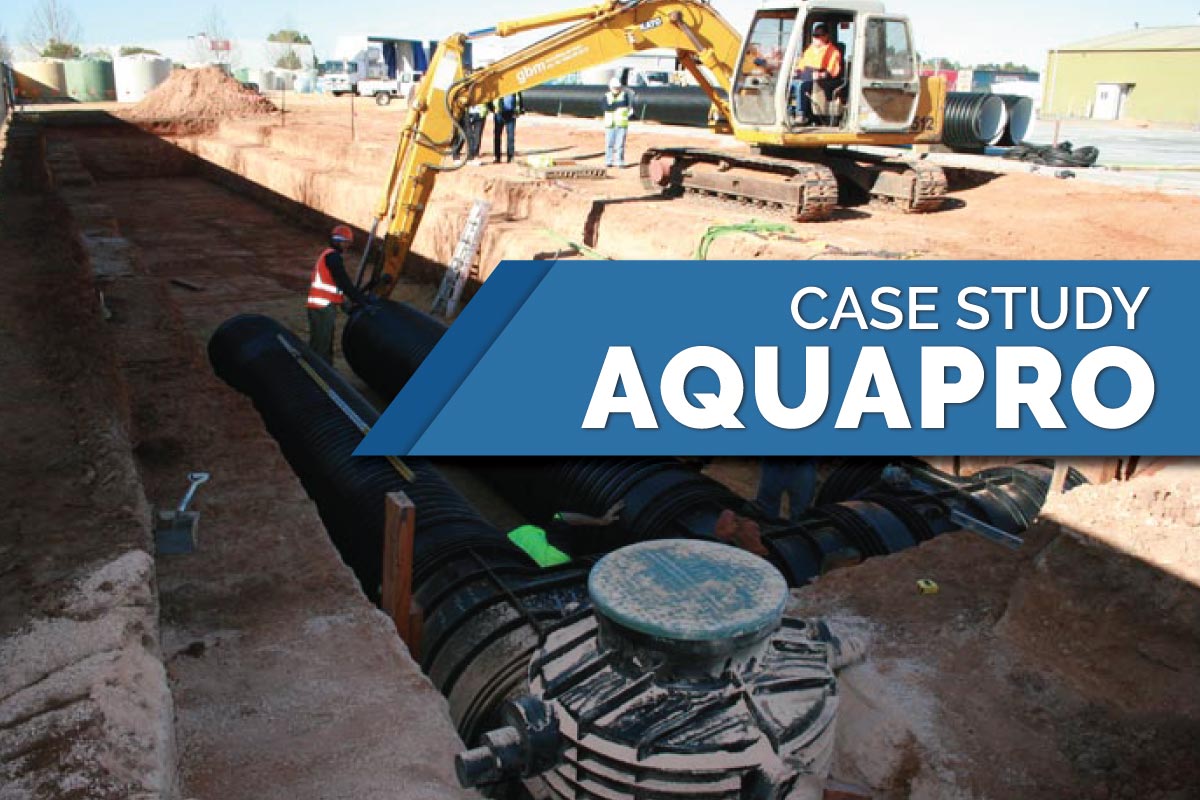The Tractors That Founded Queensland and Where To Find Them
As the days of horse-pulled ploughs and teams of men working the fields came to an end, it was the tractor that launched Australia into the next wave of agricultural development.
Australia has dedicated a huge amount of its landmass to agriculture. At some point in time, those fields were likely created by the first agrarian machines we introduced to the country. But, it wasn’t straightforward transporting heavy machinery to the land down under.
Because of Australia’s large distance from other countries, it took a significant amount of effort to mechanise this process. Transporting heavy vehicles overseas was difficult or was seen as not important enough to warrant the long journey. Because of this, Australians became proficient and led their own engineering pursuits in the agriculture industry.
Tractors were one of those inventions, and while they had existed elsewhere, Australian’s made them their own to better suit the conditions.
Australia’s Earliest Tractors
The first Australian tractor Manufacturer is credited to A.H McDonald, who made the Imperial Oil Tractor in 1908. The first tractor to be used on Australian soil is believed to be an Ivel tractor from England, which worked on Australian soil in 1903.
Two years before McDonald’s tractor became available to the public, the Caldwell brothers began work on their revolutionary four-wheel-drive tractors, which were released around 1910 after joint support from Henry Vale to create Caldwell-Vale Motors. It is believed that their creation was one of the first tractors with four-wheel power steering in the world.
Three tractors led the way for farming on a massive scale in Queensland. Under the direction of the Queensland British Food Corporation, the Central Highlands prepared to launch into a new agricultural boom after the closure of WWII. Ploughing started May 22, 1948. Three local contractors used heavy diesel tractors, which pulled custom hitched ploughs that the contractors designed themselves. The project was designed to grow crops and produce livestock to transport back to England, which was desperate for resources after the Second World War.
Australia’s most famous post-war tractor, The Chamberlin, was produced in 1949 and introduced to the Sunshine state in 1950 when the mass-produced tractors arrived on December 19 to Dalby, Meandarra, Biloela, Kingaroy, Wondai, Millmerran and Toowoomba districts.
The Melbourne brand continued to trailblaze for Australian agricultural engineers when the Chamberlain 60-D was coined the biggest wheeled tractor in the world at the time.
Unfortunately, Australians are now totally reliant on international tractor imports, with the last local manufacturer (International Harvester Co. Australia Ltd) cloning its doors in 1986. Still, without the effort of our early engineers, our understanding of technology and ability to modify existing technology to suit our needs wouldn’t be as diligent as it is today.
See Them In Person
If you’re used to working with the most current agricultural machinery, it can be refreshing to look at the old workhorses that paved the way for modern agricultural machinery.
Check out these places in Queensland to see these vintage machines up close.
The Great Machinery Mile – Ilfracombe
You can’t help but marvel at the rows of historic machinery which spans more than 1km along the highway. The museum hosts a range of equipment from standing engines to earthmoving machinery and you guessed it, tractors! One such example is the 1917 Ruston Proctor Tractor which is believed to be one of three models left in the world.
Old Wheels In Motion Rally – Queensland Heritage Park
Turn back the clock to see the old vehicles that paved the way for modern transport. Expert hobbyists gather each year to show their collection of vintage vehicles and share their stories.
Sugar Heritage Centre – Mourilyan
Learn about the people who founded Queensland’s sugar industry and see firsthand the technology they utilised to turn it into the backbone of the Queensland economy that it is today.
TADOMS – Toowoomba
The Toowoomba and District Old Machinery Society organises several rallies and shows to display their collection of working vintage machinery. Each year, on the last weekend of October, the committee gathers at Oakey Showgrounds to run their annual rally. This year they are eager to return from a COVID hiatus stronger than ever.

